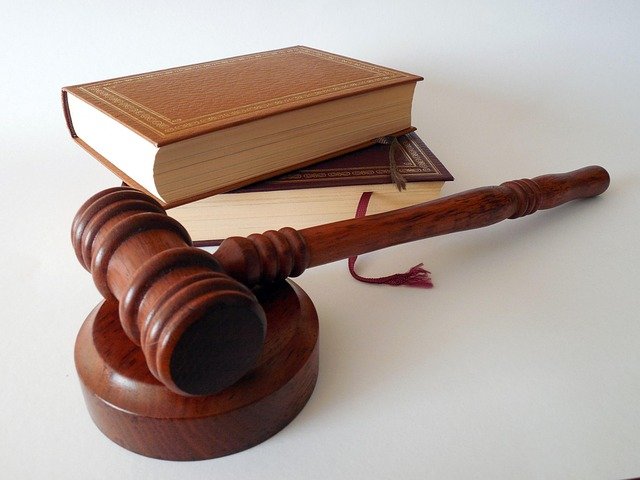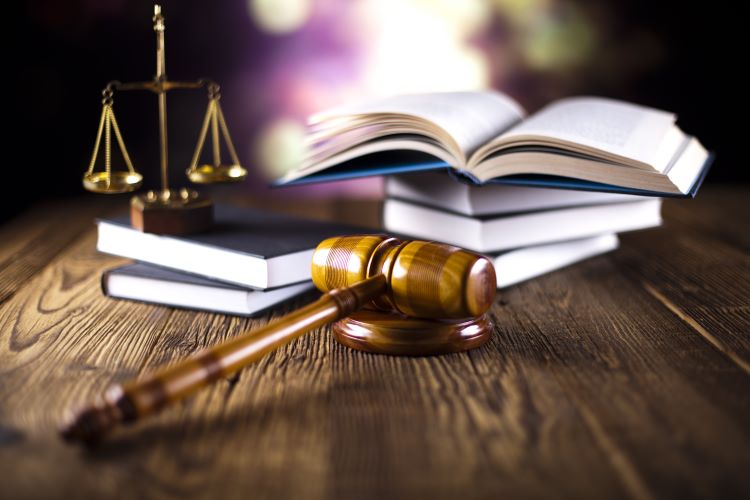Title: Judicial Estoppel: Safeguarding Legal Integrity
Introduction: Judicial estoppel, a powerful legal doctrine, plays a crucial role in maintaining the integrity of the judicial system. This principle prevents parties from taking contradictory positions in different legal proceedings, ensuring consistency and fairness in the courtroom.

Historical Origins and Development
The concept of judicial estoppel has its roots in English common law, where it was initially known as the doctrine of preclusion by inconsistent positions. As the legal system evolved, this principle gained traction in the United States during the 19th century. The landmark case of Davis v. Wakelee in 1895 marked a significant milestone in the doctrine’s development, where the Supreme Court recognized the importance of preventing litigants from playing fast and loose with the courts.
Core Elements of Judicial Estoppel
To invoke judicial estoppel, several key elements must typically be present. First, the party’s later position must be clearly inconsistent with its earlier position. Second, the party must have succeeded in persuading a court to accept its earlier position. Third, the party seeking to assert an inconsistent position would derive an unfair advantage or impose an unfair detriment on the opposing party if not estopped.
Application in Various Legal Domains
Judicial estoppel finds application across a wide range of legal areas. In bankruptcy proceedings, it prevents debtors from concealing assets in one case and later claiming ownership in another. In patent law, it ensures that inventors maintain consistent positions regarding their inventions across different patent applications. Employment law cases often see judicial estoppel invoked when employees take conflicting stances on their ability to work in different proceedings.
Balancing Flexibility and Consistency
While judicial estoppel serves as a safeguard against inconsistency, courts must strike a delicate balance between maintaining legal integrity and allowing for legitimate changes in position. Circumstances may genuinely change, or new evidence may come to light, justifying a shift in a party’s stance. Courts thus exercise discretion in applying the doctrine, considering factors such as inadvertence, mistake, or the potential for manifest injustice.
Criticisms and Controversies
Despite its importance, judicial estoppel is not without its critics. Some argue that it can be overly rigid, potentially preventing parties from correcting honest mistakes or adapting to new information. Others contend that its application can be inconsistent across jurisdictions, leading to uncertainty in multi-state litigation. These concerns have sparked ongoing debates about the proper scope and application of the doctrine.
Recent Developments and Future Outlook
In recent years, the Supreme Court has provided further guidance on the application of judicial estoppel, refining its parameters and addressing some of the criticisms. Lower courts continue to grapple with its nuances, particularly in complex cases involving multiple jurisdictions or evolving legal theories. As litigation becomes increasingly sophisticated, the role of judicial estoppel in maintaining the integrity of the legal system is likely to remain a subject of keen interest and ongoing jurisprudential development.





